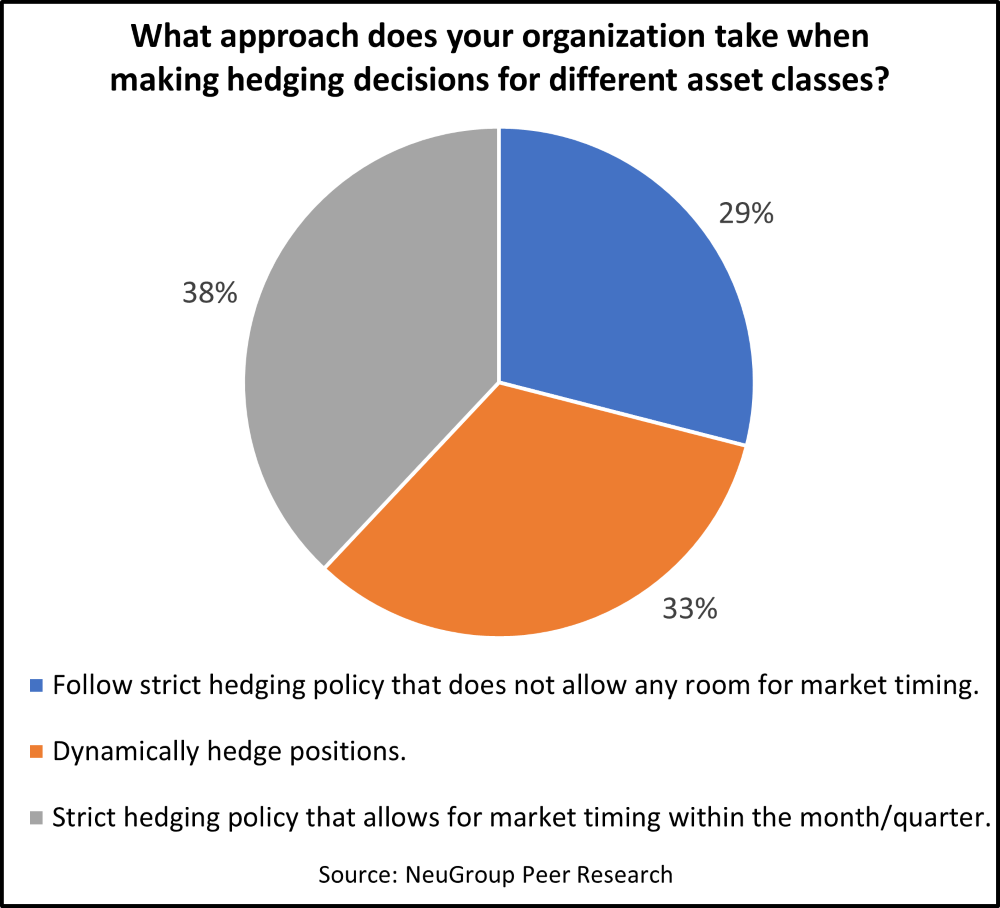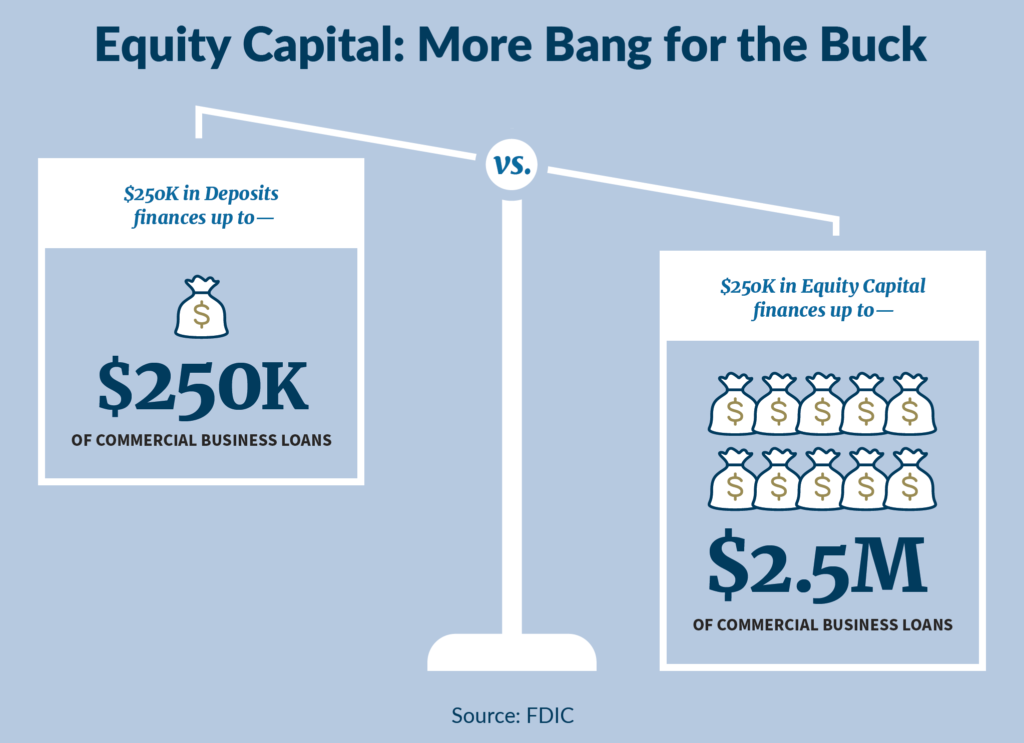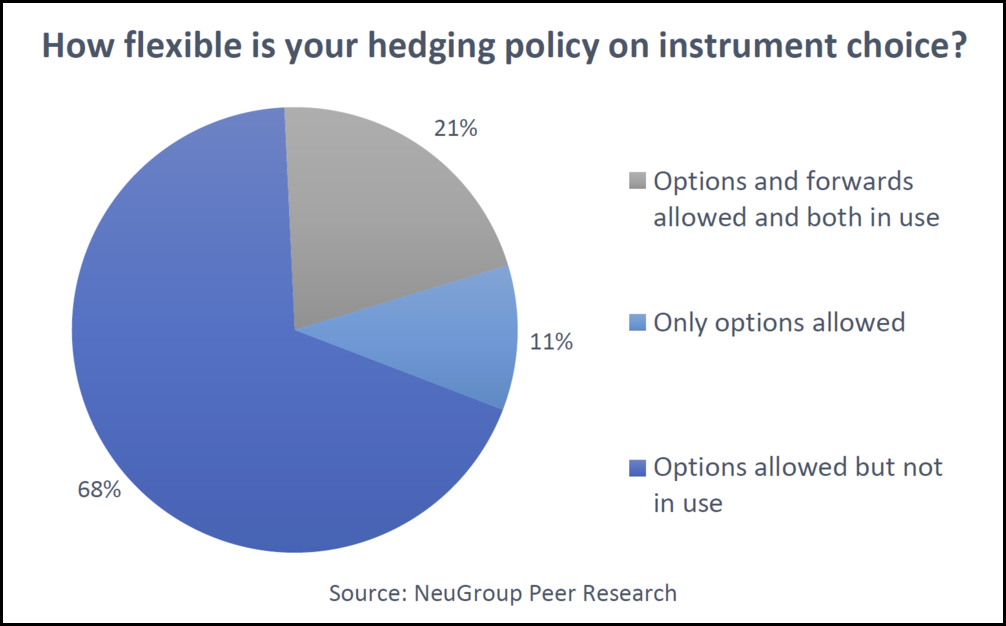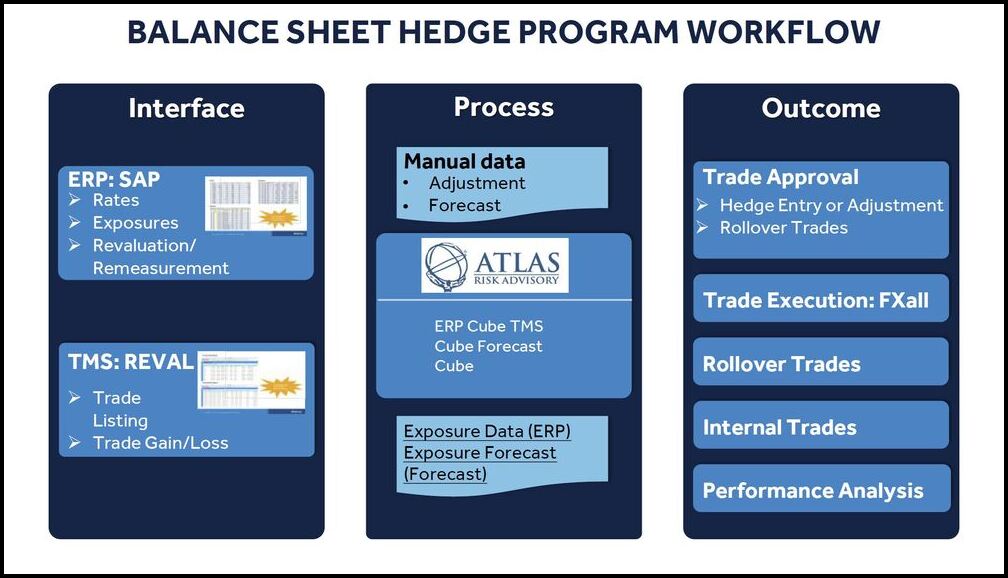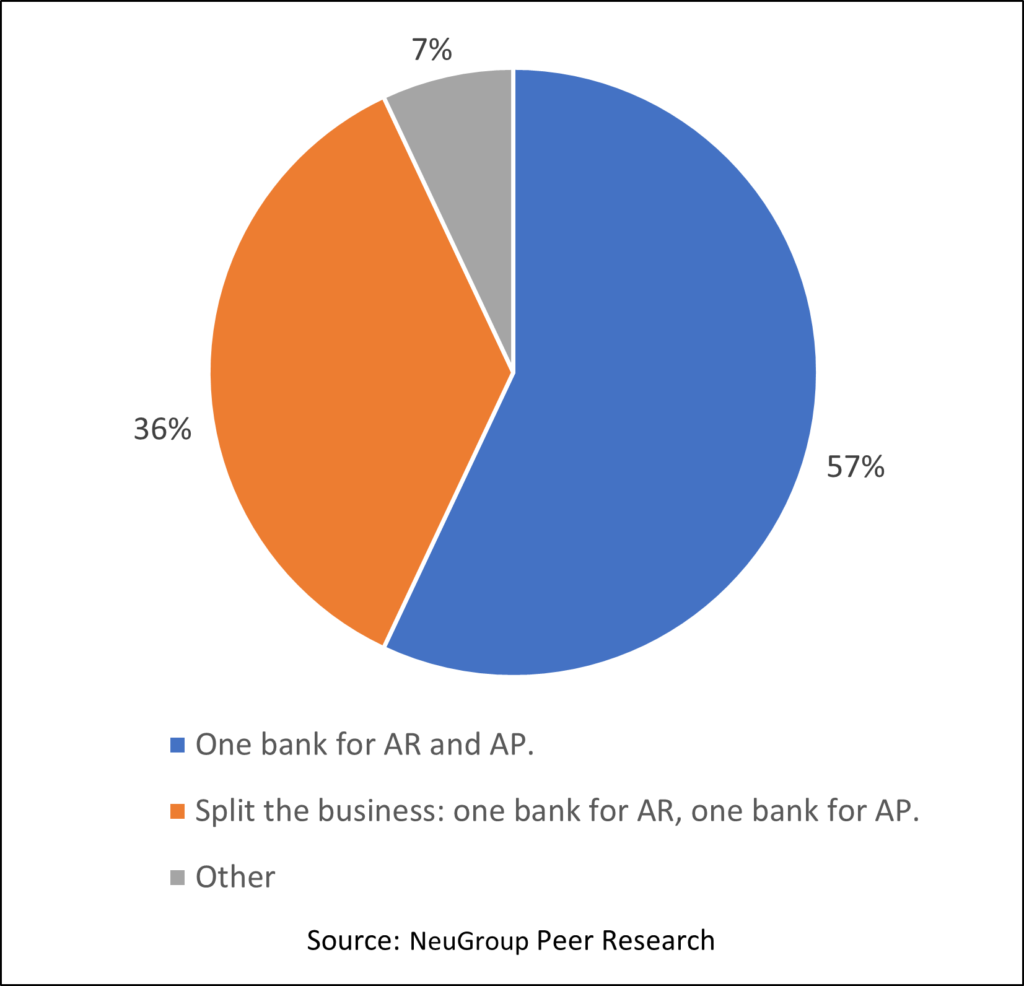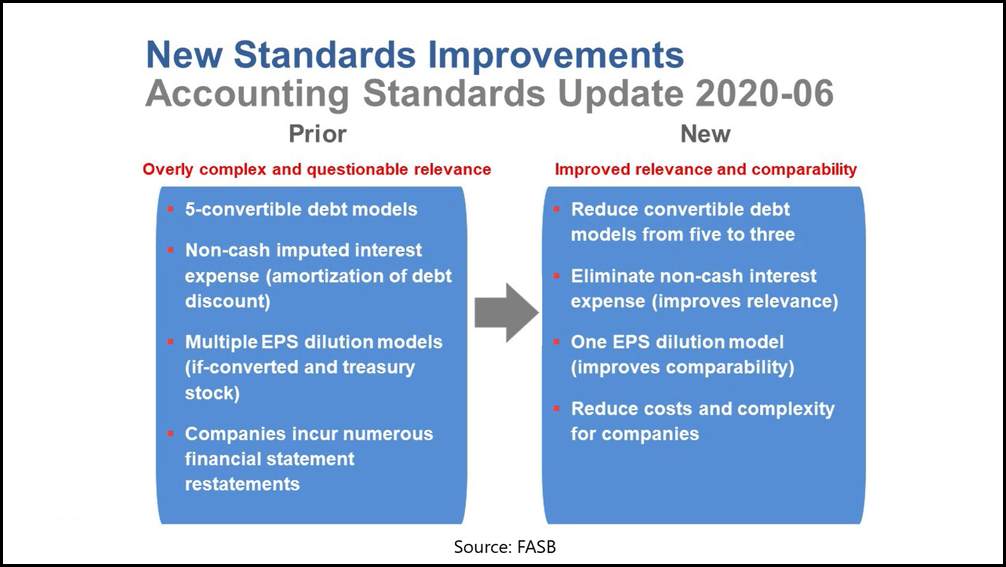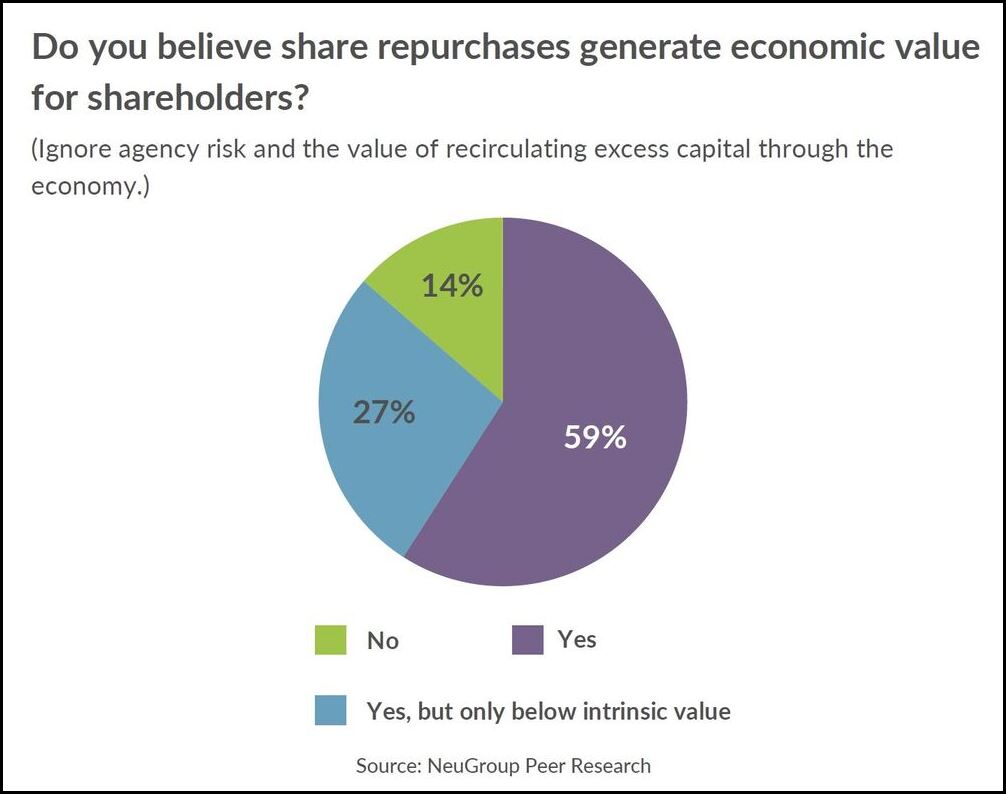
NeuGroup risk managers make space for contrarians to question decisions and combat overconfidence.
Rather than shunning contrarians for challenging conventional thinking, corporates need to make sure their decision-making processes always include a constructive devil’s advocate—someone who forces teams to consider all the ramifications of whatever action—or inaction—a company is contemplating.
- This was among the key pieces of advice given by Michael Zuraw, head of enterprise risk management at ON Semiconductor, during a presentation on decision-making at a recent ERM-focused NeuGroup meeting. He said this best practice applies to all collaborative teams.
- “Cognitive biases can occur at any link in the [decision-making] chain,” Mr. Zuraw said. “When you’re making a big decision, you need a contrarian thinker who says, ‘Why do we believe that? What if we’re wrong?’”
NeuGroup risk managers make space for contrarians to question decisions and combat overconfidence.
Rather than shunning contrarians for challenging conventional thinking, corporates need to make sure their decision-making processes always include a constructive devil’s advocate—someone who forces teams to consider all the ramifications of whatever action—or inaction—a company is contemplating.
- This was among the key pieces of advice given by Michael Zuraw, head of enterprise risk management at ON Semiconductor, during a presentation on decision-making at a recent ERM-focused NeuGroup meeting. He said this best practice applies to all collaborative teams.
- “Cognitive biases can occur at any link in the [decision-making] chain,” Mr. Zuraw said. “When you’re making a big decision, you need a contrarian thinker who says, ‘Why do we believe that? What if we’re wrong?’”
Designate the devil’s advocate. Mr. Zuraw recommends team leaders designate a team member to play devil’s advocate in meetings. “You need to be able to identify, and provide space for, the realist in the room,” he said.
- “This is the one who’s going to do a check and keep you honest with yourself and is going to help you identify and recognize biases that can creep into your decision.”
- One member had worked at a company whose culture discouraged contrarian positions, going so far as to not invite staff members who always added a wrinkle to the latest plan with an objection or contrary opinion.
- To combat this, the company implemented an idea endorsed by Mr. Zuraw: A devil’s advocate rotation that allows everyone on staff to play the role. “So everyone learns the skill of asking those questions, and everyone recognizes that it’s not frowned upon, it’s a value-add to the process.”
Learn from mistakes. One member said his company had once passed on making an acquisition, a decision the team is still “haunted” by. The problem: a failure to consider the risk of not doing the deal left the corporate too hesitant to pull the trigger.
- When opportunity arose again, a willingness to question themselves—as a devil’s advocate would—prepared the team to make a better decision, resulting in the company’s largest acquisition ever.
- “It was an enormous risk,” the member said, but by considering all sides, he believes the company made the right decision. “We would not be able to be as effective and efficient for our customers without the acquisition,” he said.
An object in motion. Many teams with established processes have what one member called a “bias toward inertia,” where teams are set in their ways and have a resistance to making any changes—another reason to include contrarians unafraid to voice doubts and bring up any potential risk.
- To further combat inertia and paralysis, Mr. Zuraw also recommends what he calls a “pre-mortem” meeting right in the midst of a process to take stock, challenge key assumptions and prevent overconfidence.
- “Making no decision is as big of a risk as any decision you could make,” he said.
- “I think the concept of a gray rhino is a good one, and that speaks to the need for a pre-mortem,” one member said. “There are natural disasters, but a lot of things that do happen people thought about [and] knew was on the horizon, but nobody spoke up.”




